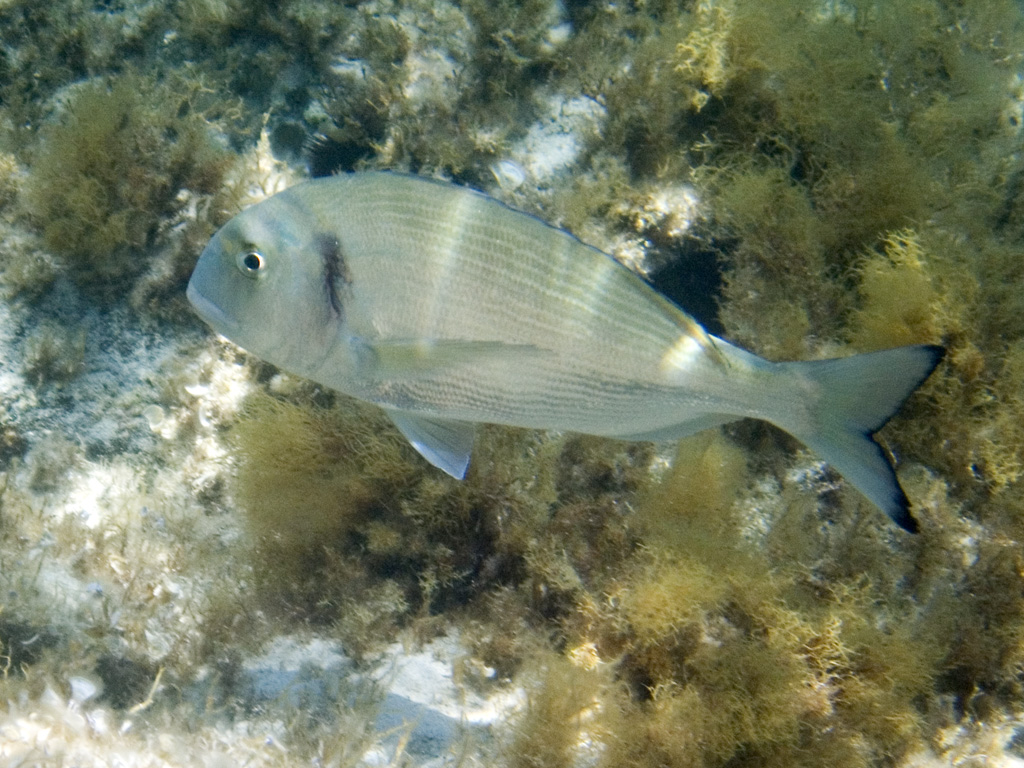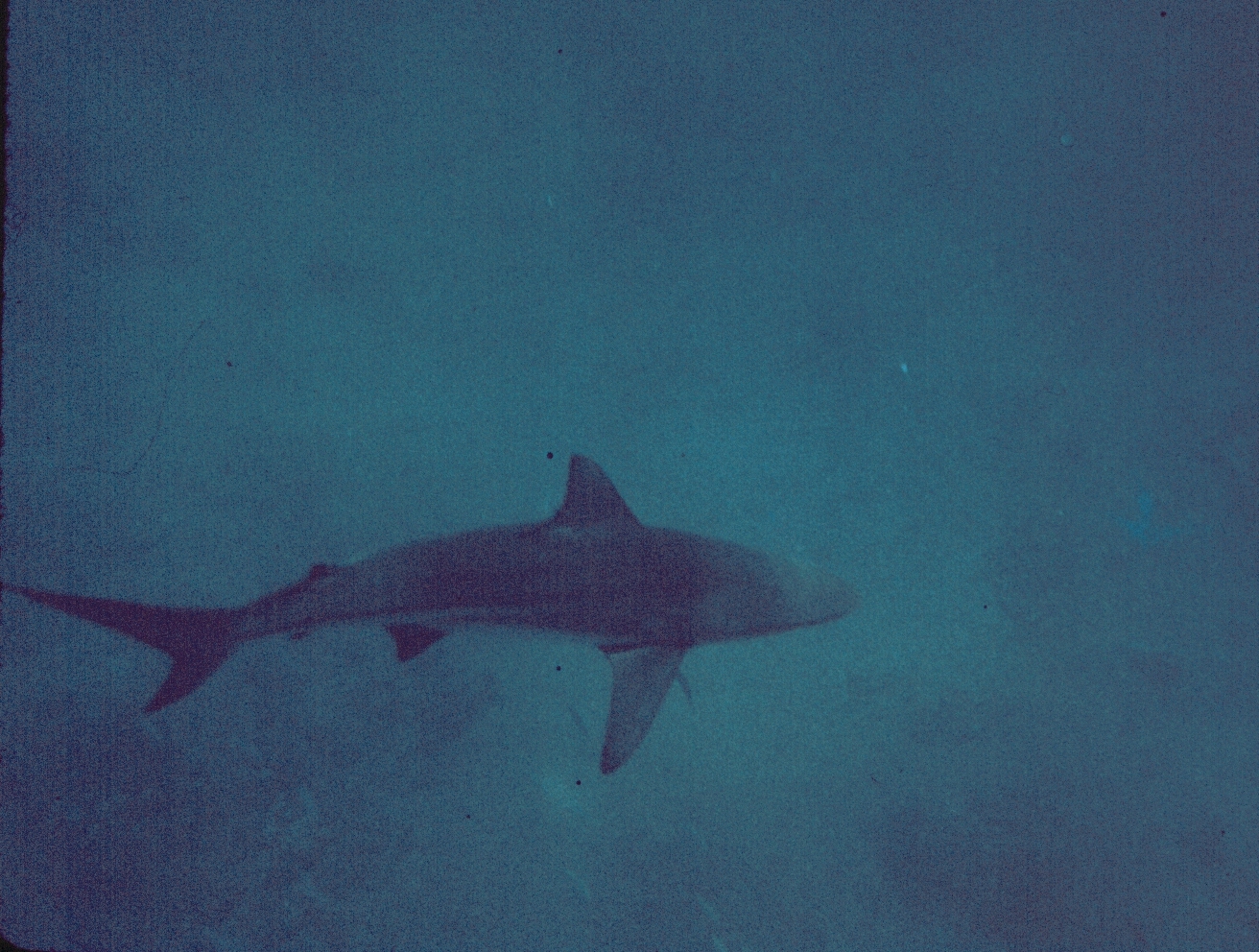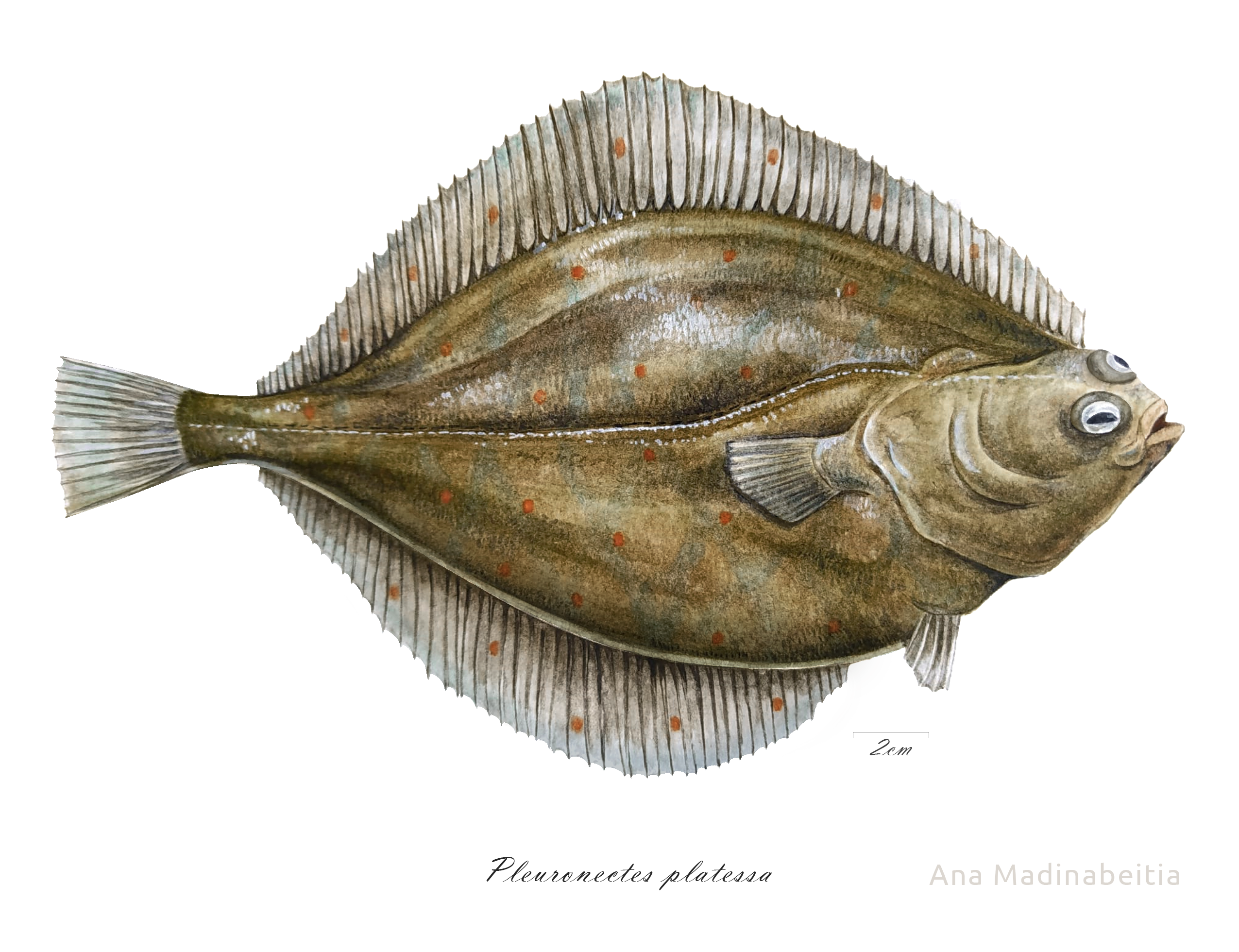|
Oceanium
The Oceanium is a public aquarium that opened in 2001 in Diergaarde Blijdorp, a zoo in Rotterdam, Netherlands. The Oceanium lies in the expansion area of the zoo, which includes a new entrance and parking area, and was the biggest project to date for the zoo. The area around the Oceanium is home to projects depicting the Americas. The Oceanium is also home to scientific research into the conservation of coral. Sunport On the roof of the Oceanium is the largest solar power plant in the Netherlands within the built-up area. The plant has been given the name 'Sunport'. The 5000 square meter roof area of the Oceanium contains around 3400 black/grey colored solar panels, with a combined capacity of 510 kilowatt peak. The solar power station supplies approximately 325,000 kWh of electricity per year. Blijdorp immediately uses the electricity generated in the Oceanium itself, especially to cool the king penguins' enclosure. The solar power plant has cost nearly 3.9 million euros, inclu ... [...More Info...] [...Related Items...] OR: [Wikipedia] [Google] [Baidu] |
Diergaarde Blijdorp
( ''Blijdorp Zoo''), officially Rotterdam Zoo, is a zoo located in the northwestern part of Rotterdam. It is one of the oldest zoos in the Netherlands, and has been operated by the ("Royal Rotterdam Zoo Foundation"). Divided into several zoogeographic regions, the 26-hectare (64.25-acre) Blijdorp Zoo boasts well over 180 species. It also has a shop, multiple cafes, and an information centre. The zoo is a member of the Dutch Zoo Federation (NVD) and the European Association of Zoos and Aquaria (EAZA). In 2007, it celebrated its 150th anniversary. History In 1855, a garden was set up for pheasants and waterfowl in the center of Rotterdam, near the Kruiskade. It was a success and on May 18, 1857 the 'Rotterdamsche Diergaarde' was opened as a sequel. The first director was the animal trainer Henri Martin. The same year the 'Vereniging Rotterdamsche Diergaarde' was founded. In 1932 it was decided to reorganize the zoo. In 1937 it was decided to move the zoo to a new location. The ... [...More Info...] [...Related Items...] OR: [Wikipedia] [Google] [Baidu] |
Rotterdam
Rotterdam ( , , , lit. ''The Dam on the River Rotte'') is the second largest city and municipality in the Netherlands. It is in the province of South Holland, part of the North Sea mouth of the Rhine–Meuse–Scheldt delta, via the ''"New Meuse"'' inland shipping channel, dug to connect to the Meuse first, but now to the Rhine instead. Rotterdam's history goes back to 1270, when a dam was constructed in the Rotte. In 1340, Rotterdam was granted city rights by William IV, Count of Holland. The Rotterdam–The Hague metropolitan area, with a population of approximately 2.7 million, is the 10th-largest in the European Union and the most populous in the country. A major logistic and economic centre, Rotterdam is Europe's largest seaport. In 2020, it had a population of 651,446 and is home to over 180 nationalities. Rotterdam is known for its university, riverside setting, lively cultural life, maritime heritage and modern architecture. The near-complete destruction ... [...More Info...] [...Related Items...] OR: [Wikipedia] [Google] [Baidu] |
Gilt-head Bream
The gilt-head (sea) bream (''Sparus aurata''), known as Orata in antiquity and still today in Italy and Tunisia (known as "Dorada" in Spain, "Dourada" in Portugal and "Dorade Royale" in France), is a fish of the bream family Sparidae found in the Mediterranean Sea and the eastern coastal regions of the North Atlantic Ocean. It commonly reaches about in length, but may reach and weigh up to about . The gilt-head bream is generally considered the best tasting of the breams. It is the single species of the genus ''Sparus'' – the Latin name for this fish – which has given the whole family of Sparidae its name. Its specific name (zoology), specific name, ''aurata'', derives from the gold bar marking between its eyes. The genome of the species was released in 2018, where the authors detected fast evolution of ovary-biased genes likely resulting from the peculiar reproduction mode of the species. Biology It is typically found at depths of , but may occur up to , seen singly or ... [...More Info...] [...Related Items...] OR: [Wikipedia] [Google] [Baidu] |
Blacktip Shark
The blacktip shark (''Carcharhinus limbatus'') is a species of requiem shark, and part of the family Carcharhinidae. It is common to coastal tropical and subtropical waters around the world, including brackish habitats. Genetic analyses have revealed substantial variation within this species, with populations from the western Atlantic Ocean isolated and distinct from those in the rest of its range. The blacktip shark has a stout, fusiform body with a pointed snout, long gill slits, and no ridge between the dorsal fins. Most individuals have black tips or edges on the pectoral, dorsal, pelvic, and caudal fins. It usually attains a length of . Swift, energetic piscivores, blacktip sharks are known to make spinning leaps out of the water while attacking schools of small fish. Their demeanor has been described as "timid" compared to other large requiem sharks. Both juveniles and adults form groups of varying size. Like other members of its family, the blacktip shark is viviparous; ... [...More Info...] [...Related Items...] OR: [Wikipedia] [Google] [Baidu] |
Sandbar Shark
The sandbar shark (''Carcharhinus plumbeus'') also known as the brown shark or thickskin shark, is a species of requiem shark, and part of the family Carcharhinidae, native to the Atlantic Ocean and the Indo-Pacific. It is distinguishable by its very high first dorsal fin and interdorsal ridge. It is not to be confused with the similarly named sand tiger shark, or ''Carcharias taurus.'' Description The sandbar shark is one of the biggest coastal sharks in the world, and is closely related to the dusky shark, the bignose shark, and the bull shark. Its dorsal fin is triangular and very high, and it has very long pectoral fins. Sandbar sharks usually have heavy-set bodies and rounded snouts that are shorter than the average shark's snout. Its upper teeth have broadly uneven cusps with sharp edges. Its second dorsal fin and anal fin are close to the same height. Females reach sexual maturity around the age of 13 with an average fork-length (tip of the nose to fork in the tail) of ... [...More Info...] [...Related Items...] OR: [Wikipedia] [Google] [Baidu] |
Nurse Shark
The nurse shark (''Ginglymostoma cirratum'') is an elasmobranch fish in the family Ginglymostomatidae. The conservation status of the nurse shark is globally assessed as Vulnerable in the IUCN List of Threatened Species. They are considered to be a species of least concern in the United States and in The Bahamas, but considered to be near threatened in the western Atlantic Ocean because of their vulnerable status in South America and reported threats throughout many areas of Central America and the Caribbean. They are directly targeted in some fisheries and considered by-catch in others. Nurse sharks are an important species for shark research. They are robust and able to tolerate capture, handling, and tagging extremely well. As inoffensive as nurse sharks may appear, they are ranked fourth in documented shark bites on humans, likely due to incautious behavior by divers on account of the nurse shark's calm, sedentary nature. Taxonomy The nurse shark genus ''Ginglymostoma'' i ... [...More Info...] [...Related Items...] OR: [Wikipedia] [Google] [Baidu] |
Aurelia Aurita
''Aurelia aurita'' (also called the common jellyfish, moon jellyfish, moon jelly or saucer jelly) is a species of the genus ''Aurelia''. All species in the genus are very similar, and it is difficult to identify ''Aurelia'' medusae without genetic sampling; most of what follows applies equally to all species of the genus. The most common method used to identify the species consists of selecting a jellyfish from a harbour using a device, usually a drinking glass and then photographing the subject. This means that they can be released in to the harbour shortly afterwards and return to their natural habitat. The jellyfish is almost entirely translucent, usually about in diameter, and can be recognized by its four horseshoe-shaped gonads, easily seen through the top of the bell. It feeds by collecting medusae, plankton, and mollusks with its tentacles, and bringing them into its body for digestion. It is capable of only limited motion, and drifts with the current, even when swimming. ... [...More Info...] [...Related Items...] OR: [Wikipedia] [Google] [Baidu] |
Spiny Lobster
Spiny lobsters, also known as langustas, langouste, or rock lobsters, are a family (Palinuridae) of about 60 species of achelate crustaceans, in the Decapoda Reptantia. Spiny lobsters are also, especially in Australia, New Zealand, Ireland, South Africa, and The Bahamas, called crayfish, sea crayfish, or crawfish ("kreef" in South Africa), terms which elsewhere are reserved for freshwater crayfish. Classification The furry lobsters (''e.g.'' ''Palinurellus'') were previously separated into a family of their own, the Synaxidae, but are usually considered members of the Palinuridae. The slipper lobsters (Scyllaridae) are their next-closest relatives, and these two or three families make up the Achelata. Genera of spiny lobsters include ''Palinurus'' and a number of anagrams thereof: ''Panulirus'', ''Linuparus'', ''etc.'' (Palinurus was a helmsman in Virgil's ''Æneid''.) In total, 12 extant genera are recognised, containing around 60 living species: *''Jasus'' Parker, 1883 * ... [...More Info...] [...Related Items...] OR: [Wikipedia] [Google] [Baidu] |
Atlantic Mackerel
The Atlantic mackerel (''Scomber scombrus''), also known as Boston mackerel, Norwegian mackerel, Scottish mackerel or just mackerel, is a species of mackerel found in the temperate waters of the Mediterranean Sea, the Black Sea, and the northern Atlantic Ocean, where it is extremely common and occurs in huge shoals in the epipelagic zone down to about . It spends the warmer months close to shore and near the ocean surface, appearing along the coast in spring and departing with the arrival of colder weather in the fall and winter months. During the fall and winter, it migrates out into deeper and more southern water, seeking warmer temperatures. The Atlantic mackerel's body is elongate, steel-blue marked with wavy black lines dorsally and silvery-white ventrally, its snout long and pointed. It possesses two spiny dorsal fins, which are spaced far apart, two pectoral fins, and small caudal and anal fins, also spaced far apart. 4-6 dorsal finlets and 5 anal finlets are typical among ... [...More Info...] [...Related Items...] OR: [Wikipedia] [Google] [Baidu] |
Atlantic Herring
Atlantic herring (''Clupea harengus'') is a herring in the family (biology), family Clupeidae. It is one of the most abundant fish species in the world. Atlantic herrings can be found on both sides of the Atlantic Ocean, congregating in large Shoaling and schooling, schools. They can grow up to in length and weigh up to . They feed on copepods, krill and small fish, while their natural predators are pinniped, seals, whales, cod and other larger fish. The Atlantic herring fishery has long been an important part of the economy of New England and the Canada, Canadian Atlantic provinces. This is because the fish congregate relatively near to the coast in massive schools, notably in the cold waters of the semi-enclosed Gulf of Maine and Gulf of Saint Lawrence, Gulf of St. Lawrence. North Atlantic herring schools have been measured up to in size, containing an estimated 4 billion fish. Description Atlantic herring have a wikt:fusiform, fusiform body. Gill rakers in their mouths fi ... [...More Info...] [...Related Items...] OR: [Wikipedia] [Google] [Baidu] |
European Plaice
The European plaice (''Pleuronectes platessa''), commonly referred to as simply plaice, is a species of marine flatfish in the genus Pleuronectes of the family Pleuronectidae. Description The European plaice is characterized, on their dorsal side, by their dark green to dark brown skin, blotched with conspicuous, but irregularly distributed, orange spots. The ventral side is pearly white. The skin is smooth with small scales. They are able to adapt their colour somewhat to match that of their surroundings, but the orange spots always remain visible. The skin lacks any prickles. The outline of adults is oval. The head is rather small and is less than 25% of the total length. The pointed mouth is terminal and fairly small with its maxilla reaching just below the right eye. Both eyes are located at the right side of the body. The bony ridge behind the eyes is another characteristic for this species. The lateral line curves slightly above the pectoral fin. The dorsal fin reaches t ... [...More Info...] [...Related Items...] OR: [Wikipedia] [Google] [Baidu] |
Atlantic Sturgeon
The Atlantic sturgeon (''Acipenser oxyrinchus oxyrinchus'') is a member of the family Acipenseridae and along with other sturgeon it is sometimes considered a living fossil. The Atlantic sturgeon is one of two subspecies of '' A. oxyrinchus'', the other being the Gulf sturgeon (''A. o. desotoi''). The main range of the Atlantic sturgeon is in eastern North America, extending from New Brunswick, Canada, to the eastern coast of Florida, United States. A disjunct population occurs in the Baltic region of Europe (today only through a reintroduction project). The Atlantic sturgeon was in great abundance when the first European settlers came to North America, but has since declined due to overfishing, water pollution, and habitat impediments such as dams. It is considered threatened, endangered, and even locally extinct in many of its original habitats. The fish can reach 60 years of age, in length and over in weight. Physical appearance Rather than having true scales, the Atlant ... [...More Info...] [...Related Items...] OR: [Wikipedia] [Google] [Baidu] |








